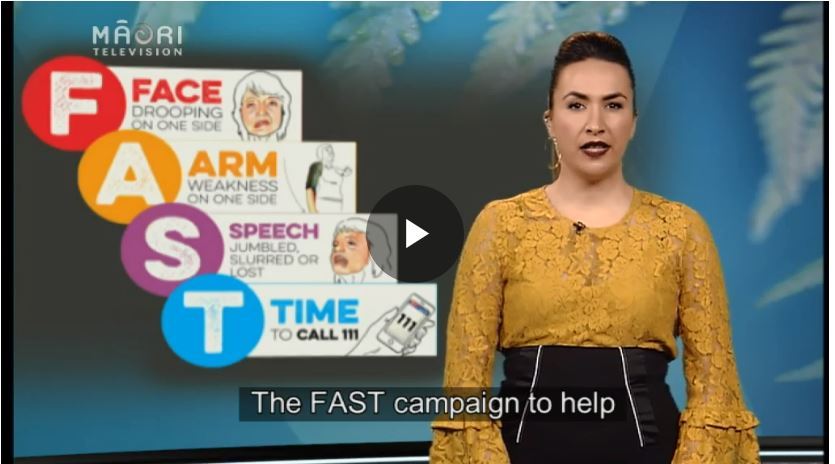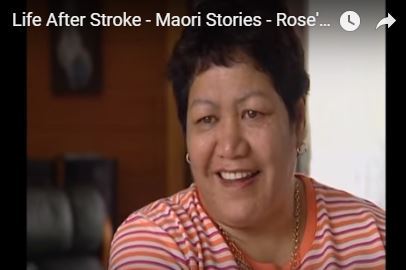Stroke
The te reo Māori word for stroke is “mate ikura roro”. A stroke is like a brain attack. It causes brain damage. When you have a stroke it could damage any part of your brain. When part of the brain gets damaged it’s not able to do its job anymore. Each part of the brain does a different job, so stroke can look different in different people.
A stroke is a medical emergency. Everyone needs to learn to recognise the signs of stroke so they can get help quickly. The quicker you get to hospital, the better recovery can be. It helps to remember FAST.
- F – Face drooping
- A – Arm weakness
- S – Speech difficulty
- T – Take action, call 111
Working towards recovery after stroke is called rehabilitation. Rehabilitation is not about curing the stroke. The stroke damaged parts of the brain. We can’t fix those damaged parts, but other parts of the brain can learn to do new jobs. This is called neuroplasticity.
We never know for sure how much a person will recover after a stroke. Every stroke is different. Every brain is different. Everyone has different things happening in their lives that impact their rehabilitation. Scientists are learning new things about the brain all the time.
Some people find it helpful to learn more about stroke. The Stroke Foundation has a book called “Life After Stroke”, which is free from your Stroke Foundation Community Stroke Advisor. You can borrow books and DVDs from AphasiaNZ.
And how did I find out? I read Google, I read everything. I find out what’s wrong with me.
Stroke Videos
Stroke
This video was made for the CVD Medication Health Literacy Project (Crengle et al) funded by the Health Research Council of New Zealand and is used here with permission.
Stroke and blood pressure (NZ)
This video was made for the CVD Medication Health Literacy Project (Crengle et al) funded by the Health Research Council of New Zealand and is used here with permission.
Explanation of stroke
Warrant of Fitness He Mate Ikura Roro
Rukingi Richards, stroke survivor, tells his story.
Te Karere
This video is in te reo Māori, with no subtitles.
Attitude TV
The first person is Mary Brown, a Māori woman with aphasia.
Attitude TV
This video features Maraea who has dementia caused by a stroke.
Māori Television story about stroke.
This video is in te reo Māori, with English subtitles.
This opens in a new webpage.
A series of videos about stroke, produced by the Stroke Foundation of New Zealand.
This opens in a new webpage.

